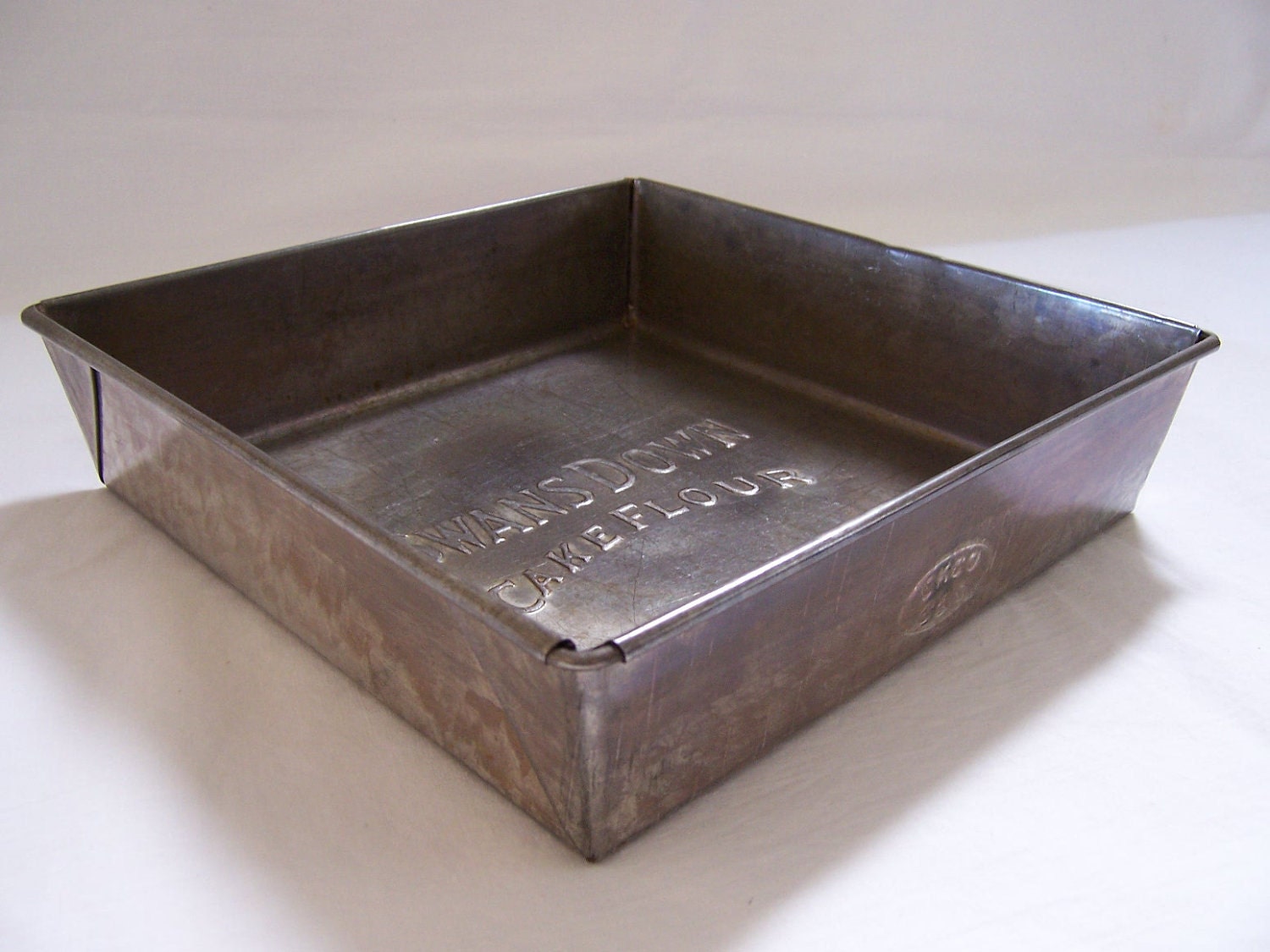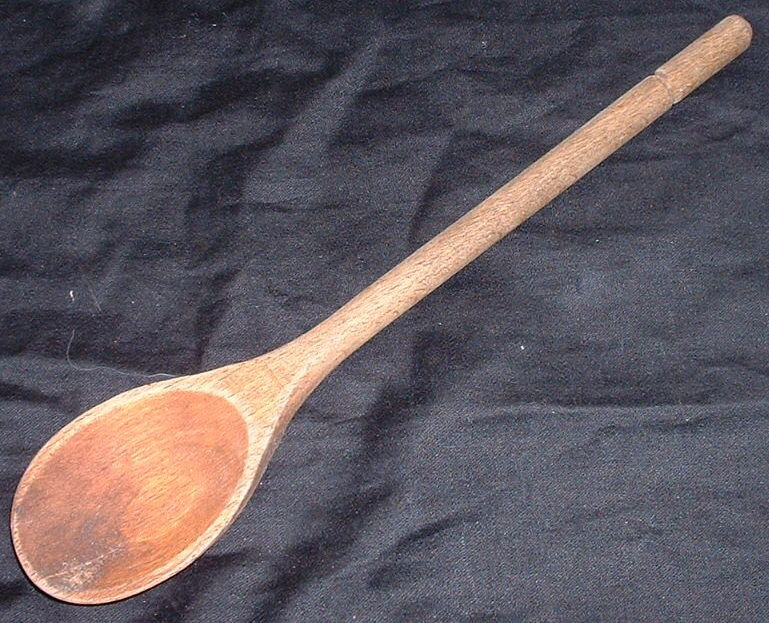"A
merrier Christmas, Bob, my good fellow, than I have given you, for
many a year! I'll raise your salary, and endeavour to assist your
struggling family, and we will discuss your affairs this very
afternoon, over a Christmas bowl of smoking bishop, Bob!"
(A
Christmas Carol).
Punch
originated in India. It means 'five' in Hindi and equates to the five
mixes for a traditional punch recipe; alcohol (or non-alcoholic
juice), sugar, lemon, water and tea or spices. It has been a popular
drink associated with Christmas since the 1600s. Dickens' A
Christmas Carol makes reference
to a 'smoking bishop' (above) which was a type of Punch mostly
consisting of oranges and wine.
George
Robert's 1869 book Cups and Customs recounts
a recipe for Punch by a Mr.Billy Dawson. It is emphasised at the
beginning of the recipe:
'let
your utensils be clean, and your ingredients of first-rate quality'
Some of the utensils that you would need can be found in the Museum of Kitchenalia to make
this recipe, including:
 |
| Glass juicer, 1888.
© Museum of Kitchenalia
|
 |
| Tinware 'Gill' Measure
© Museum of Kitchenalia
|
 |
| Victorian cut glass bowl.© Museum of Kitchenalia |
 |
| 19c Sugar Nippers.© Museum of Kitchenalia |











